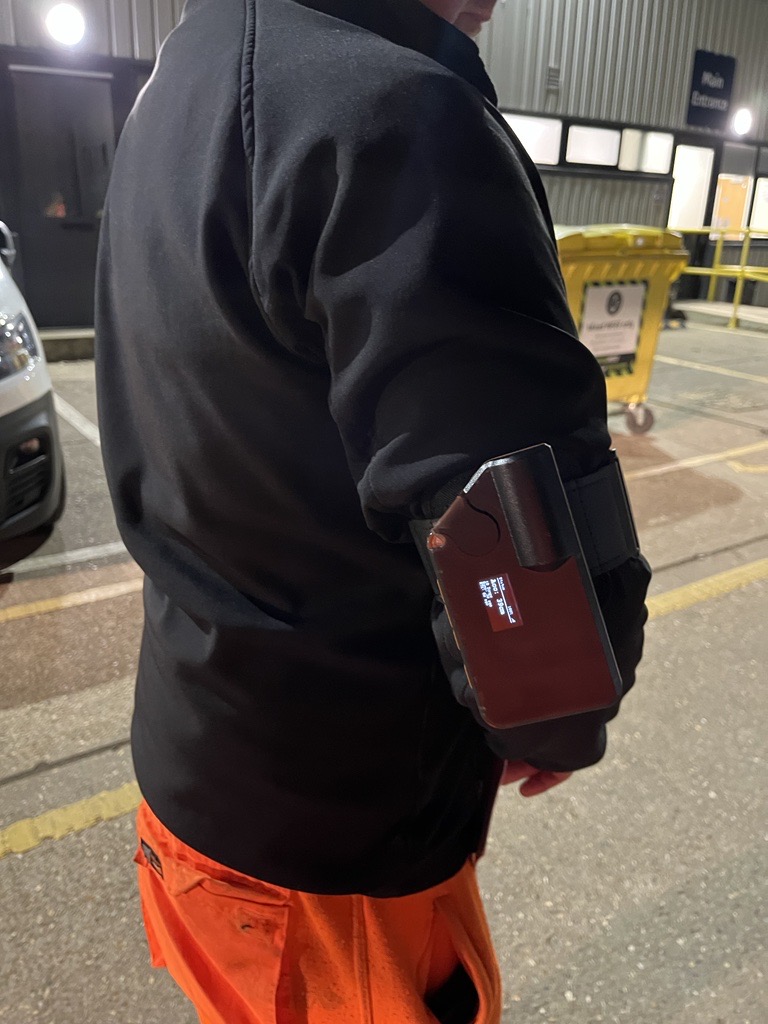Why wearable geofencing technology is vital
Track workers operate 24 hours a day, 7 days a week, they undertake high-risk work in all-weather situations. These track workers regularly need to inspect and maintain the same track area looking for signs of wear, faults, and defects or conducting scheduled routine maintenance. This is to prevent faults, ensure trains can run on time, and to keep passengers safe. In the UK over 15,000 track workers maintain nearly 20,000 miles of track.
Historically, track workers have relied on a site warden to ensure they stay in specifically safe areas.
This type of alert system is not always infallible and can be subject to human error. Since 2005 there have been 58 accidents and incidents involving track workers and moving trains, with 10 of these being fatal.
The Track Worker Safety Taskforce identified that around 30% of all close calls were attributed to loss of situational awareness.
As part of a concerted effort to improve track worker safety, Network Rail have approved geofencing wearable devices as a secondary method of alert for when situational awareness is lost.
Setting up OWL
The OWL team works closely with the trackside worker team to understand which areas need to be geofenced. The geo-fenced zones are then created, multiple line blocks can be added to the system. These geo-fenced zones are created on a map interface that is linked to the wearable devices, with red indicating a live rail zone, and green indicating safe work areas.
How OWL works for Track Workers
The day begins with a briefing on OWL and a short video about geofencing technology, how it works, and why it benefits the team. The devices are then tested in a marked area outside the depot by the team before they set out. The testing consists of stepping into a geofenced area of one square meter; the device then alerts the wearer with noise, vibration, and a warning light.
The team then sets out to work on the track; the team have a specified time in which to carry out inspections, they call the signalling team on the way, who block off the section of track being inspected and confirm it is safe to proceed to the area where the work will be carried out. The areas are specified by marker boards showing the team where the track has been blocked.
The devices worn by the team are all set to alert if a team member breaches the geofenced boundaries that have been set. As the team carries out their track inspections. The devices can all be seen via the portal.

OWL Accuracy
The accuracy of the OWL wearable devices is between 1-2cm. The devices work using survey grade, satellite technology meaning they are much more accurate than standard GPS tracking devices such as a phone or a smartwatch.
The wearable OWL Plus devices weigh 180g. They are easily attached to the arm with a Velcro strap.
I think anything that makes our work safer is great. I often work evenings and weekends, and it can be easy to get distracted or become disorientated so anything that helps remove this risk is beneficial to us all.
Track worker – Network Rail
I worked on the tracks early on in my career, and I also spent 13 years working for Network Rail, so I know that OWL wearable devices give these workers an additional layer of safety, which means I can have a positive impact every day.
Darren Bull – Project Manager – Onwave OWL
The feedback on the use of geofencing was positive about its potential, and an example was given of the technology preventing potential accidents. A contractor had members of staff walking in the wrong direction to lay out marker boards. As the marker boards had geofencing devices, the engineering supervisor (ES) was able to identify their error promptly. In one interview, a participant said that the geofencing technology provided an additional layer of protection for staff on a complex worksite which was considered nearly unmanageable because of its large size.
SSB Independent Review of Geofencing Technology, July 2023



